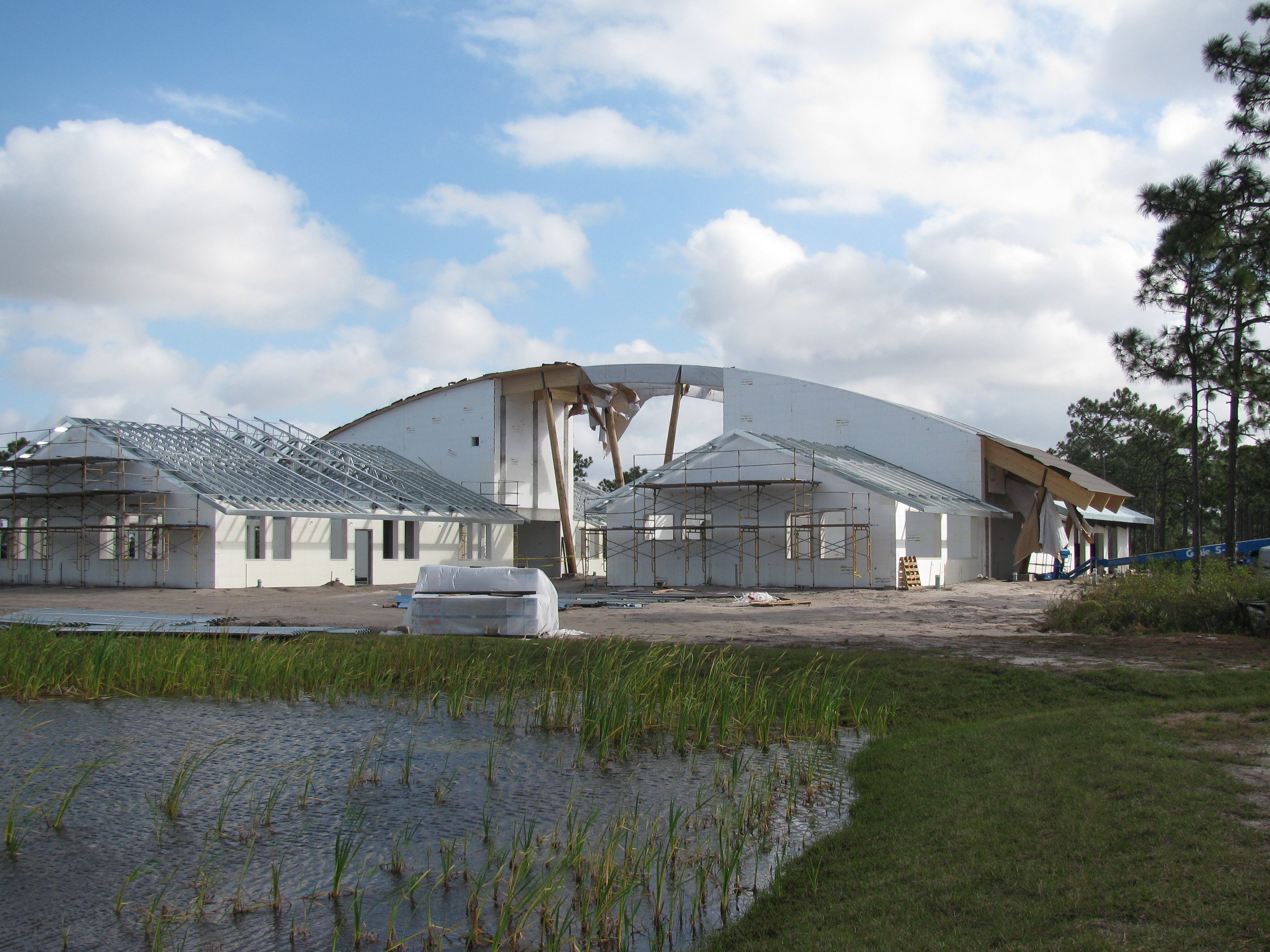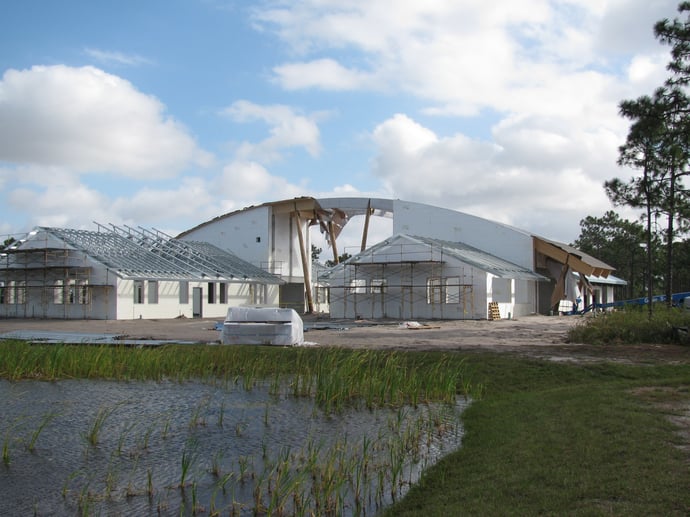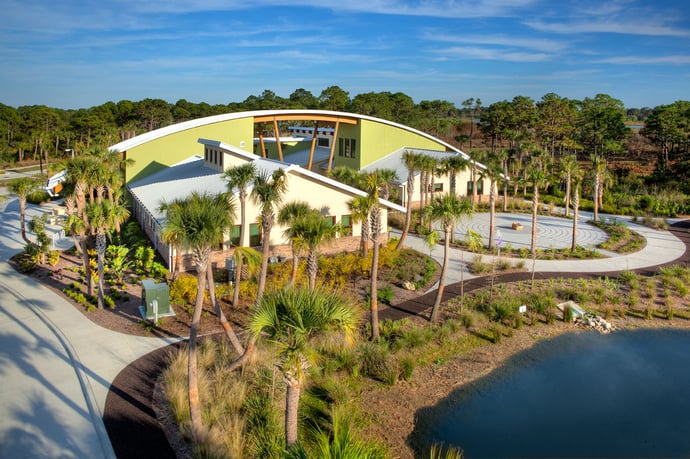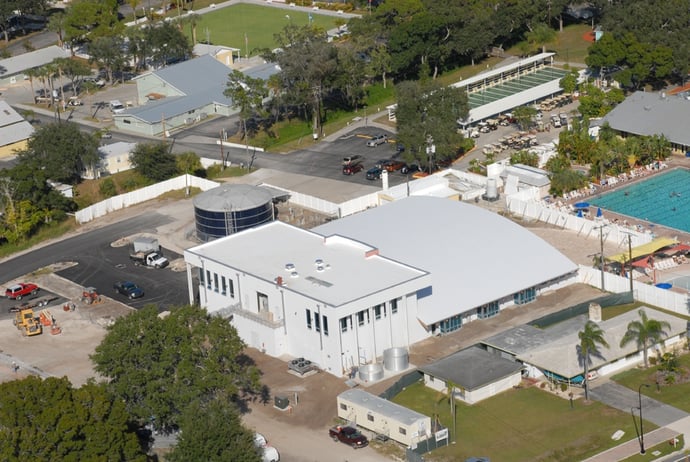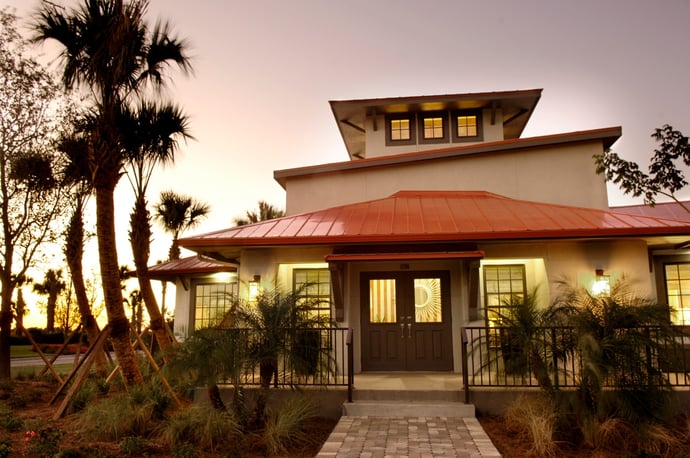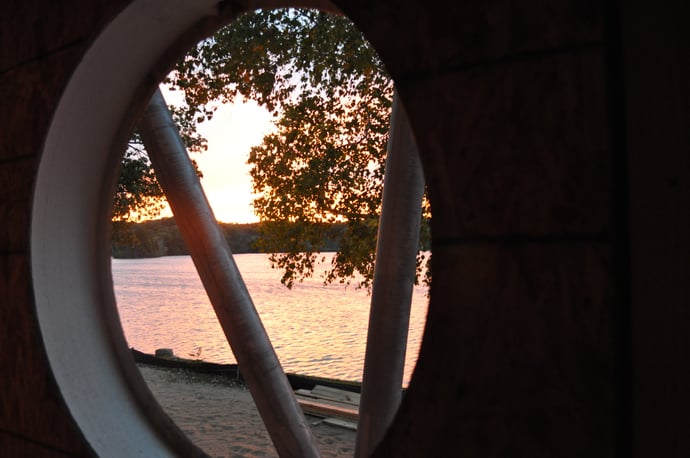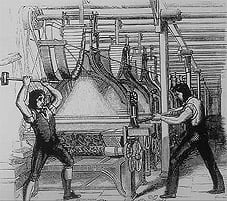Net Zero Building Design is Going to be the Standard Sooner than Later
Change is coming:
If you do not yet sense an urgency for change, you will soon.
Sure, there's market resistance, and there will continue to be, and so far, it doesn't seem to have moved very fast. But that's because the market will only transform so fast without a crisis.
The sweet spot for now may be where both sides are angry: The market is uncomfortable with the required rate of change, and those that understand the current and pending risks are angry that change is not happening fast enough.
The question today: Why do something different? We are all pretty good at what we do, so why change?
When the risk of NOT changing exceeds the risks of change, change becomes inevitable... so long as everybody sees and believes it.
Change involves risk and creates tension, so we must keep that in mind.
Currently we face many threats and opportunities
- Climate Change: The Planet is stressed
- Carbon
- Population Increase: 7+ billion people now
- Geo-Political Risk
- Cost of energy
- Government taking Action (codes)
- Long term performance
- Eco Systems provide basic services
Rewards also exist for those who are proactive, not reactive.
- Increase profits
- Access to natural resources
- Access to Capital
- Efficient management of resources
Climate change is like the internet. It arrived one day, gets bigger every year, and shows no signs that it will ever go away. It's transformed industries, created new ones, and impacted EVERYBODY... Just like climate change.
The goals of 2030 Architecture
Net Zero Energy is a path that began with the establishment of a base line of energy use/efficiency standard set in 2003. The path goes from 2003 to 2030, and the point is to incrementally reduce the energy use of buildings, shifting to the use of fossil free energy, and having all new buildings be carbon neutral by 2030.
Energy Codes have improved efficiency requirements by about 40% since 1985, and within that window, the large bulk of the change (36%) happened since the first efficiency standards were set in 2003.
So, codes have taken us about 1/3 of the way to our 2030 goal, which is a good start, but we're already 48% of the way to the deadline.
How does one achieve NET ZERO? (Carbon Neutral Building)
Step 1:
Design a building that uses 60%-80% less energy than a minimal code compliant building.
Step 2:
Provide fossil free fuel energy for the remaining energy needs.
Simple, right? The playbook to get to net zero is widely accepted and a proven, successful approach. But reducing energy consumption by 70-80% and maintaining comfort is not accomplished by simply tweaking the way we have always designed and built buildings.
However, a fully integrated, thoughtful and intentional design IS.
Out of these two areas for improvement, we can directly impact the first, which is energy efficiency. Two, we continue to put pressure on legislative support for renewable energy sources, such as wind and solar. Even with minimal increases in the latter, we can go a long way when building design is driving the change.
(MORE LIKE THIS: Does the Cost of Solar Energy Outweigh the Benefits?)
The current 2030 goal is 70% reduction in 2016:
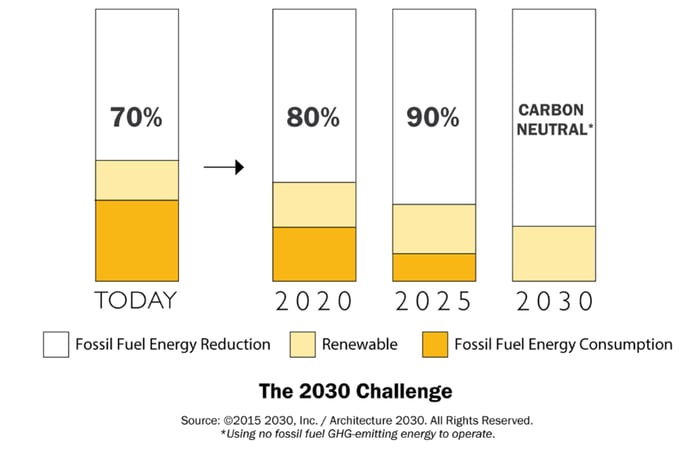
Since 2003, we have seen an increase in energy efficiency requirements, including one of the most recent in 2014. The graphic below shows the steady improvement of the Energy Codes over the past 30 years.
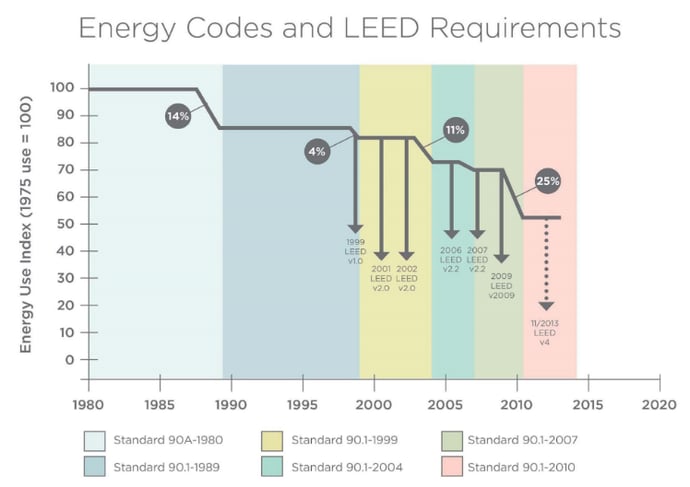
(Graphic above provided by US Green Building Council)
LEED will always try to stay ahead of the building codes. The next graphic shows this pretty clearly.
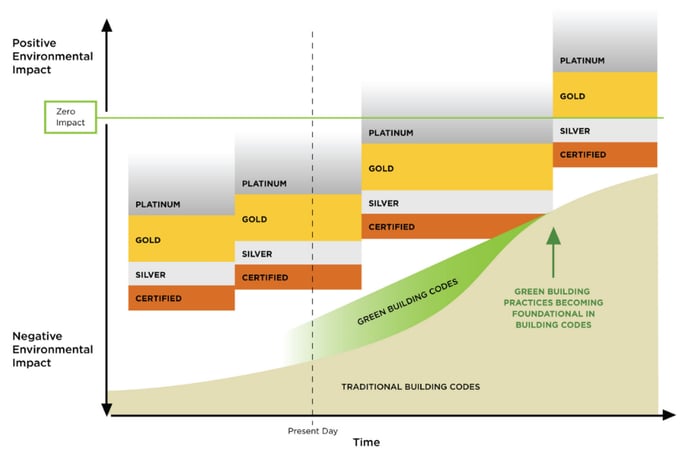
(Graphic provided by US Green Building Council)
As the codes improve, LEED changes it base line criteria to be more stringent to stay ahead of the curve. In my opinion, this kind of pressure is helpful in driving better legislation, which drastically improves our chances for success.
Green Building codes and green rating system standards are gradually incorporated into the code requirements for all buildings. Eventually (ideally by 2030), the code will require all to be net zero energy buildings, which will mean that new buildings will have zero carbon impact to the environment based on energy usage.
Currently, we are developing new buildings that have less negative impact than in prior years, which is fine for starting, but "less bad" isn't where we want to settle. Why not move toward developing buildings that have a positive impact on the environment?
Examples of Net Zero Buildings & Net Zero Ready Projects:
Audubon Visitors Center - Sarasota, FL (FULL GALLERY)
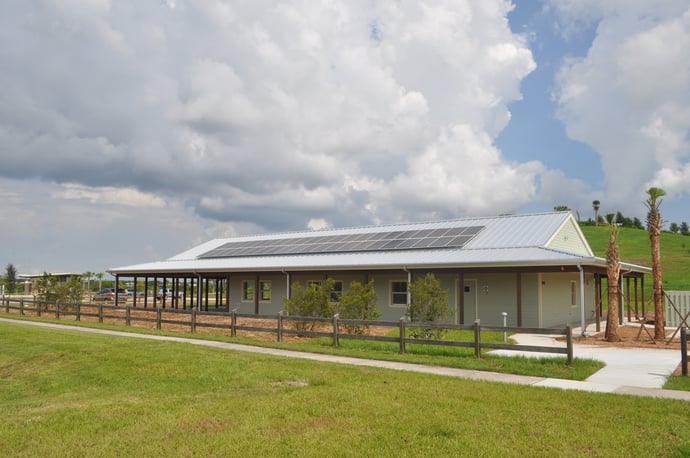
Cancer Support Community - Sarasota, FL (FULL GALLERY)
Sun N Fun Wellness Center - Sarasota, FL (FULL GALLERY)
HGTV Green Home 2009 - Port St. Lucie FL (FULL GALLERY)
Kashi by the River - Sebastian, FL
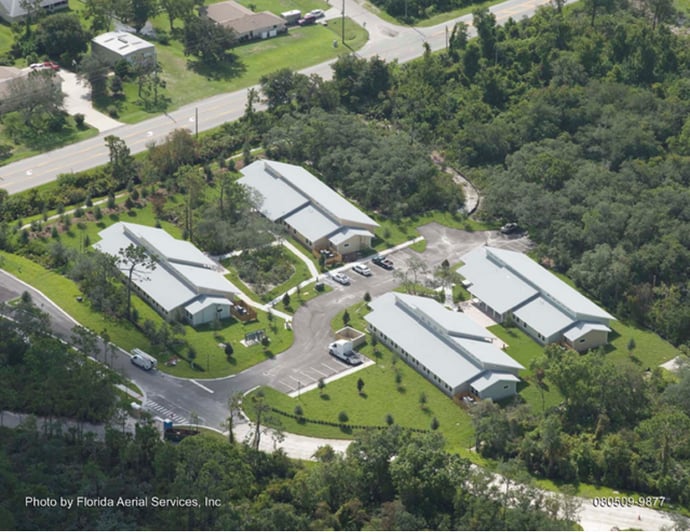
RESOURCES
2030 Challenge
NZEB
New Buildings Institute
US Green Building Council
Want to know more about designing for Net Zero?
Schedule a free consultation or download this great ebook on how to design a green home:
